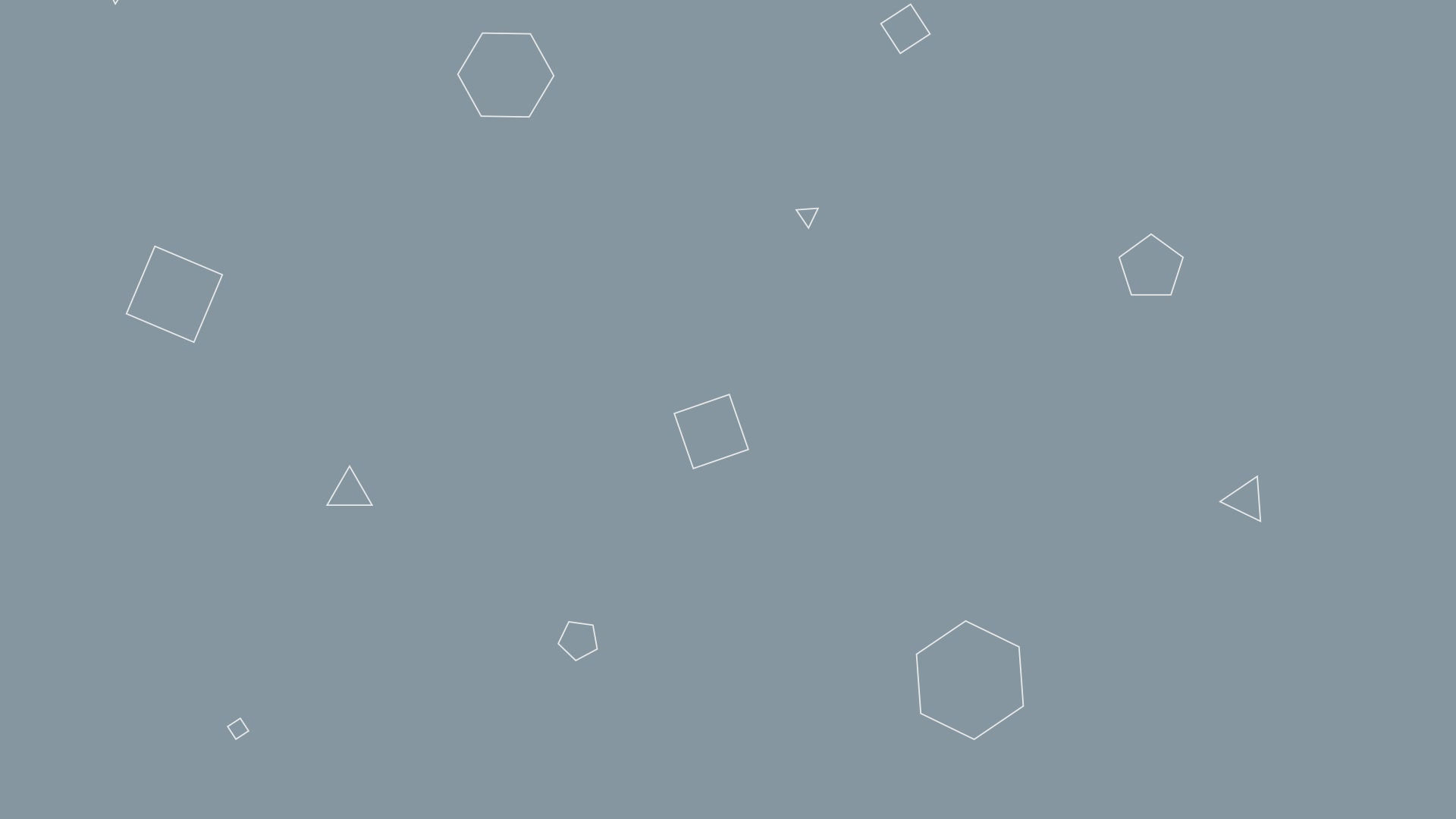Aligning our learning to our nature to create healthy communities
- Catherine Karena

- Jan 10, 2018
- 3 min read
Updated: Jan 11, 2018

When I went to University, I was disappointed in the memorization and regurgitation style of learning, and at how very little I was taught was relevant in the real world. Therefore, when I starting working in soft-skills, IT training and the new e-Learning space, I followed a more Māori model to learning.
Learning is change: change in the world and change in people. No real education leaves a person unchanged. Learning is about the pragmatics of everyday life, but it’s also unfolding what you were put on the planet to do. Developing your talents, exploring your natural interests, and developing a career that doesn’t go against your natural grain.
In older times, our Māori community would watch a child carefully throughout her early life to determine which skills should be taught her. When she got to be 11 or so, she was brought before an Elder and with great ceremony, told a story. She was then to separate herself, meditate on the story’s true meaning, and relay it a day later. However, whatever interpretation she gave, she was right. There is no ‘true’ meaning; what the child focused on, how they interpreted the meaning, and what they saw in the story, pointed to who they are and where their place is.
To align your life’s work to your nature is critical for a happy person, a healthy community. In our history and the history of others that we associated with, I can say; you don’t change people, you don’t try to make them ‘perfect’, ‘better’ or compliant to some kind of Utopian idea. You simply reveal who people are. Historically, we found this sufficient to weave a community together: out of what people are, not what you may want, wish or think them to be. In our community, if you saw others as 'bad' or 'good', it didn't matter. Weaknesses, faults, and problems were used to bring out the best in the community, to grow and to knit that community together. The 'bad' is as necessary as the ‘good’ to knit a community closer together. For people, these things create a need for each other. Problems are tools to unite, rather than divide.
People tend to not ‘hear’ the possibility of a healthy community. They can’t imagine a society without jails, violence or the mentally ill. It’s enough to invite scorn. However, when I served a proselyting mission in Melbourne, Australia, I took the opportunity to put this concept into practice in a Western setting. I was a bad missionary. I declined to spend time, knocking on doors.
Instead, I told the local church community I would get every teen I approached involved in a program to develop their talents. They didn’t believe it. The program was voluntary, for youth between 11 and 18 years old, and allowed them to express their real voice and for me to create a relationship with them sufficient to work through some of their problems. I targeted street kids in the area and kids who were active members or who were listed as members of the community, but who never came.
I chose a musical play, wrote the main theme from scratch and wrote each character with a specific kid in mind, to express a talent they had or wanted (sing, dance, act, paint, order people around, play with the technical stuff – whatever). It was magical that whatever town we traveled to, it all came together. I don’t have the space to tell the type of success we had, but examples are: I connected a group of Tongan boys, who were too shy to socialize and had a love of rap, with an inactive Lebanese boy, with a natural gift for rap. He taught them and involved them in the rap community. This mattered because people in the church community only associated with their own racial group rather than on interests they held in common.
There were two boys, who were often forcibly separated, on occasion requiring police intervention. I had them work together on a comedic one-upmanship routine, which they wrote themselves.
There were two groups of 13-14-year-old girls. Despite that they all loved to dance, they had contrasting lifestyles, which their dance styles typified. One group identified funk, the other was drawn to ballet. They hated each other. We wrote a scene that had both groups dance in rounds, playing off the contrast of their different dance styles. It looked dramatically great and created a bridge for the girls to overcome their rancor.
I got 100 percent participation. It’s not hard to get people to do what they love to do.
I am now fortunate to do work mapping careers based on a youth’s actual talents and nature. It has industry veterans teach them what the market needs of them, so it's relevant, current and empowering. If we have more and more educational organisations create this kind of connection with industry, I believe we would move towards a healthy national community.





Comments